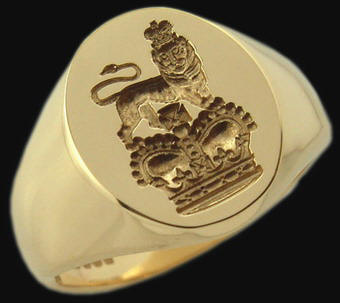Uniform Commercial Code [UCC]
Understanding what is excluded from E-SIGN [FOR EDUCATIONAL PURPOSES ONLY]
To begin with, understand that the UCC is a vehicle for commercial personal property transactions, not real property transactions. Federal, and Texas Appellate courts have stated that. So, get the UCC out of your mind, except for understanding how it cannot be utilized by a MERS member, or any other intangible claimant for real property. Even if the intangible party were to claim, could they prove it according to perfection guidelines in the UCC? Not through MERS.
Article 9, Secured Transactions, may be the most important of the eleven. Article 9 provides the rules governing any transaction (other than a finance lease) that couples a debt with a creditor’s interest in a debtor’s personal property. If the debtor defaults, the creditor may repossess and sell the property (generally called collateral) to satisfy the debt. The creditor’s interest is called a "security interest." Article 9 also covers certain kinds of sales that look like a grant of a security interest.
The operation of Article 9 appears deceptively simple. There are two key concepts: "attachment" and "perfection." These terms describe the two key events in the creation of a "security interest."
Attachment generally occurs when the security interest is effective between the creditor and the debtor, and that usually happens when their agreement provides that it take place. Perfection occurs when the creditor establishes his or her "priority" in relation to other creditors of the debtor in the same collateral. The creditor with "priority" may use the collateral to satisfy the debtor’s obligation when the debtor defaults before other creditors subsequent in priority may do so. Perfection occurs usually when a "financing statement" is filed in the appropriate public record. Generally, the first to file has the first priority, and so on.
Article 9 relies on the public record because it provides the means for creditors to determine if there is any security interest that precedes theirs—a notice function. A subsequent secured creditor cannot complain that his or her grant of credit was made in ignorance of the prior security interests easily found in the public record, and cannot complain of the priority of the prior interests as a result. Every secured creditor has a priority over any unsecured creditor. Source: Uniform Law Commission
The procedures for non-judicial foreclosures are not governed by the Uniform Commercial Code, but in state statues, and the contract.
The Trustee's Sale is not governed by the UCC through the Note, but is a sale pursuant to the Deed of Trust. Trustee sales under a Deed of Trust are conducted on a contract theory under the power of sale authority of the trustee. These Deed of Trust statutes set forth the only procedure for a valid trustee's sale.
MERS members use the deed of trust because they know they don't need the Note. Can you begin to understand why the MERS system was created? The eNote MERS members attempted to attach and perfect with a deed of trust is logically, and lawfully impossible. Deed of Deceit
If you are electronically signing a contract, that is governed by E-SIGN, but how do you electronically sign an Article 3 Note, when E-SIGN excludes Article 3? How is an Article 3 Note transferred through E-SIGN, when E-SIGN excludes Article 3? Can you begin to understand why the deed of trust is so important to MERS members? To hell with the Note, We've got an eNote that sows a copy of the deed of trust, what a deception.
Can you begin to understand why MERS is the mortgagee of record? But mortgage of what record? Electronic, or public? The information is available to understand if you learn about the parallel universe of "electronic" and "paper". While your at it, take a look at pig in a poke.
Different sections of Article 3 can kill the MERS members if it were understood. And it will be. I have faith in you understanding.
Take a tour of two Notes
Read, Learn, Understand


